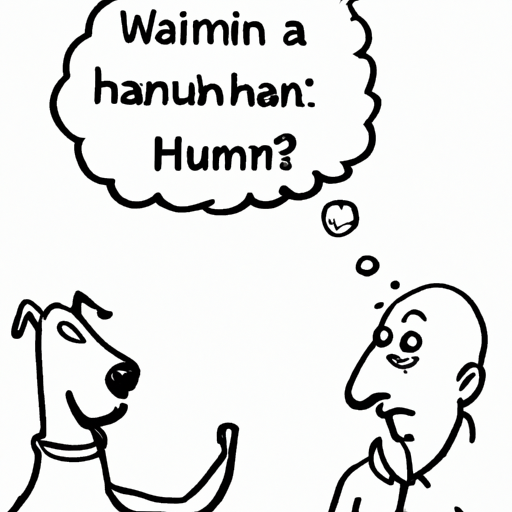If you’re a dog owner, you’ve likely seen your canine companion do some pretty interesting things. One of the most intriguing behaviors you may have noticed is when your dog appears to wink at you. What does this mean? Is it a sign of affection, or is it something else entirely? In this article, we’ll explore what it means when dogs wink at you.
Key Takeaways
- Dogs may wink as a form of communication
- Winking is often a sign of submission or appeasement in dogs
- Dogs may also wink due to health issues
- Understanding your dog’s body language can help you better communicate with them
Table of Contents
- Dogs and Communication
- Understanding the Wink
- Health-Related Winking
- Decoding Your Dog’s Body Language
- Frequently Asked Questions
Dogs and Communication
Dogs are complex creatures, and they use a variety of ways to communicate with humans. While they can’t use words, they use body language to express their feelings and intentions. This includes everything from wagging their tails to winking their eyes. OneTopDog has an excellent article about canine body language that can help you better understand your furry friend.
Understanding the Wink
So, what does it mean when dogs wink at you? The answer isn’t as straightforward as you might think.
In many cases, dogs wink as a form of communication. They may be trying to get your attention, or they may be trying to express a particular emotion. For example, some behaviorists believe that dogs wink to show submission or appeasement. This is similar to how a dog might lower its head or avoid eye contact to show that it’s not a threat.
On the other hand, a dog may wink at you as a form of mimicry. Dogs are highly social animals, and they often learn behaviors by copying their human companions. If you frequently wink at your dog, they may start to do the same thing back to you.
Health-Related Winking
While winking is often a harmless behavior, it can sometimes be a sign of a health issue. If your dog is winking frequently or seems to be having trouble opening or closing their eye, it could be a sign of a condition like entropion or ectropion, which are conditions that cause the eyelids to roll inward or outward, respectively.
Dry eye, or keratoconjunctivitis sicca, could also cause a dog to wink. This condition is characterized by a lack of sufficient tears, causing discomfort in the eyes. If you notice any unusual eye behavior, including excessive winking, it’s always a good idea to consult with a veterinarian. OneTopDog provides a useful guide on common eye health issues in dogs.
Decoding Your Dog’s Body Language
Learning to understand your dog’s body language can be a rewarding experience, as it allows for better communication and a stronger bond between you and your pet. In addition to winking, dogs use a variety of signals to convey their feelings and intentions.
For instance, a wagging tail doesn’t always mean a happy dog – it’s essential to consider the context and other body language signals. Similarly, a dog that’s showing its teeth isn’t necessarily being aggressive.
OneTopDog offers an informative piece on understanding your dog’s body language.
Frequently Asked Questions
-
Is winking a sign of affection in dogs?
While it’s tempting to interpret a dog’s wink as a sign of affection, it’s more likely to be a form of communication or mimicry. -
Should I be concerned if my dog is winking a lot?
If your dog is winking more than usual, or if they seem to be having trouble with their eye, it’s a good idea to consult with a veterinarian. -
Can I teach my dog to wink?
Yes, dogs can be trained to wink on command, just like they can learn to sit or shake hands. However, keep in mind that dogs may not understand the human meaning behind a wink.
By understanding the nuances of your dog’s body language, including their winks, you’ll be better equipped to understand their needs and feelings, fostering a deeper bond between you and your canine companion.



